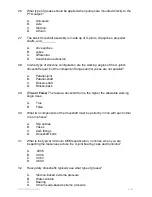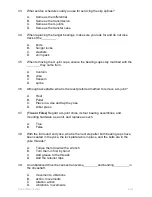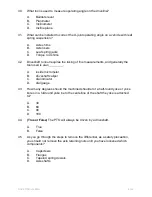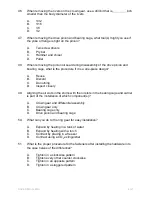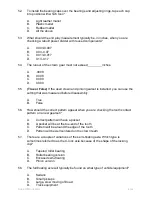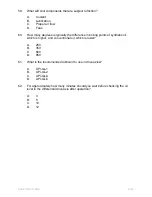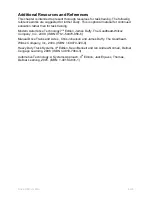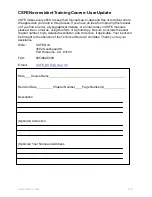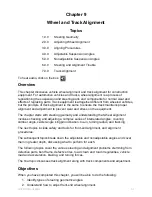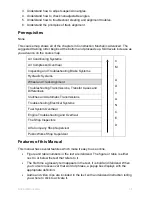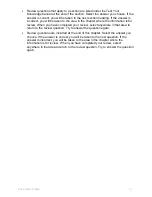
the oil its increased load-carrying capacity. This reason alone makes more frequent oil
change intervals desirable.
Refer to
Figure 8-109
for drive axle quick reference for troubleshooting the drive axle.
Drive Axle Troubleshooting
Symptom
Probable Cause
Remedy
Noisy on turns only
Differential pinion gears tight on spider
Side gears tight in differential case
Differential or side gears defective
Excessive backlash between side
gears and pinion
Overhaul drive axle and make
necessary adjustments.
Intermittent noise
Crown gear not running true
Loose or broken differential bearings
Overhaul axle and replace defective
crown gear or differential bearings.
Constant noise
Lubricant incorrect
Lube level low
Crown gear teeth chipped or worn;
loose or worn bearings
Crown gear and pinion not in
adjustment for correct tooth contact
Too much or too little pinion-to-gear
backlash or overlap of wear pattern
Verify type and class of lubricant
used.
Check lube level and fill if needed.
Overhaul axle and replace defective
crown gear, pinion, or bearings.
Adjust crown gear and pinion for
correct tooth contact.
Adjust gear backlash.
Rear wheels do not drive
(driveline rotating)
Broken axle shaft
Crown gear teeth stripped
Differential pinion or side gear broken
Differential spider broken
Replace broken axle.
Overhaul axle and replace defective
crown gear, pinion, or spider.
Figure 8-109 Drive axle quick reference troubleshooting guide.
Summary
This chapter presented extensive information on troubleshooting the drivechain
assemblies of the transmission, transfer case, power takeoff, propeller shafts, and
differentials.
Of the vast number of vehicles and construction equipment within the Seabee table of
allowance, it is safe to say that almost every piece of CESE includes one of these
assemblies. These assemblies give the vehicle or equipment its particular
characteristic.
Even in the electronic age, working on these particular assemblies still requires the
mechanic to possess the skills of disassembly and reassembly of components,
inspecting components for wear and damage, and general hands-on mechanical know-
how.
Lastly, and most importantly, you still will always be required to refer to the service
manual for each vehicle or piece of equipment you are working on for the detailed
specifications that will enable you to do the job correctly in order to turn out a finished
product that operators can operate safely.
NAVEDTRA 14050A
8-99




















